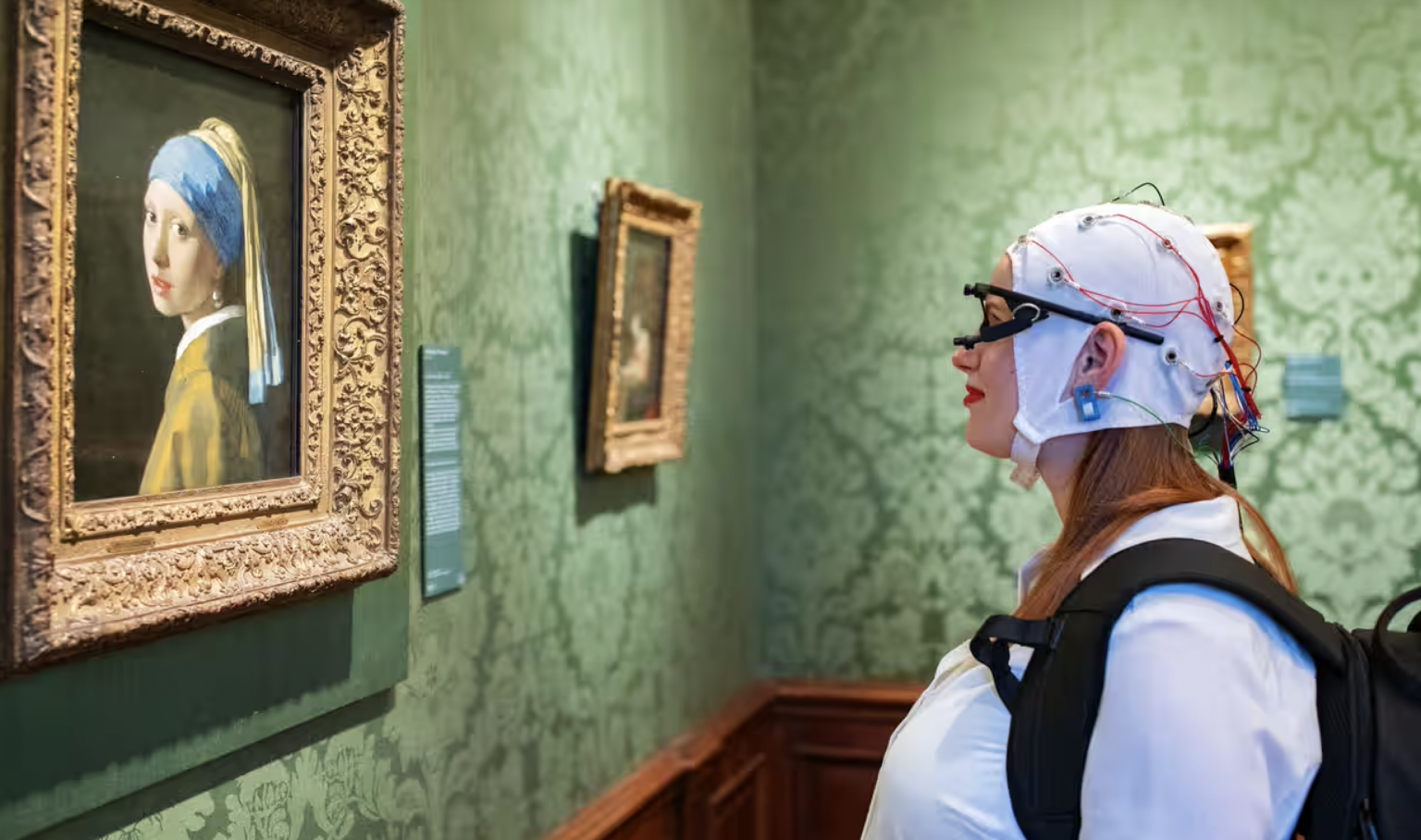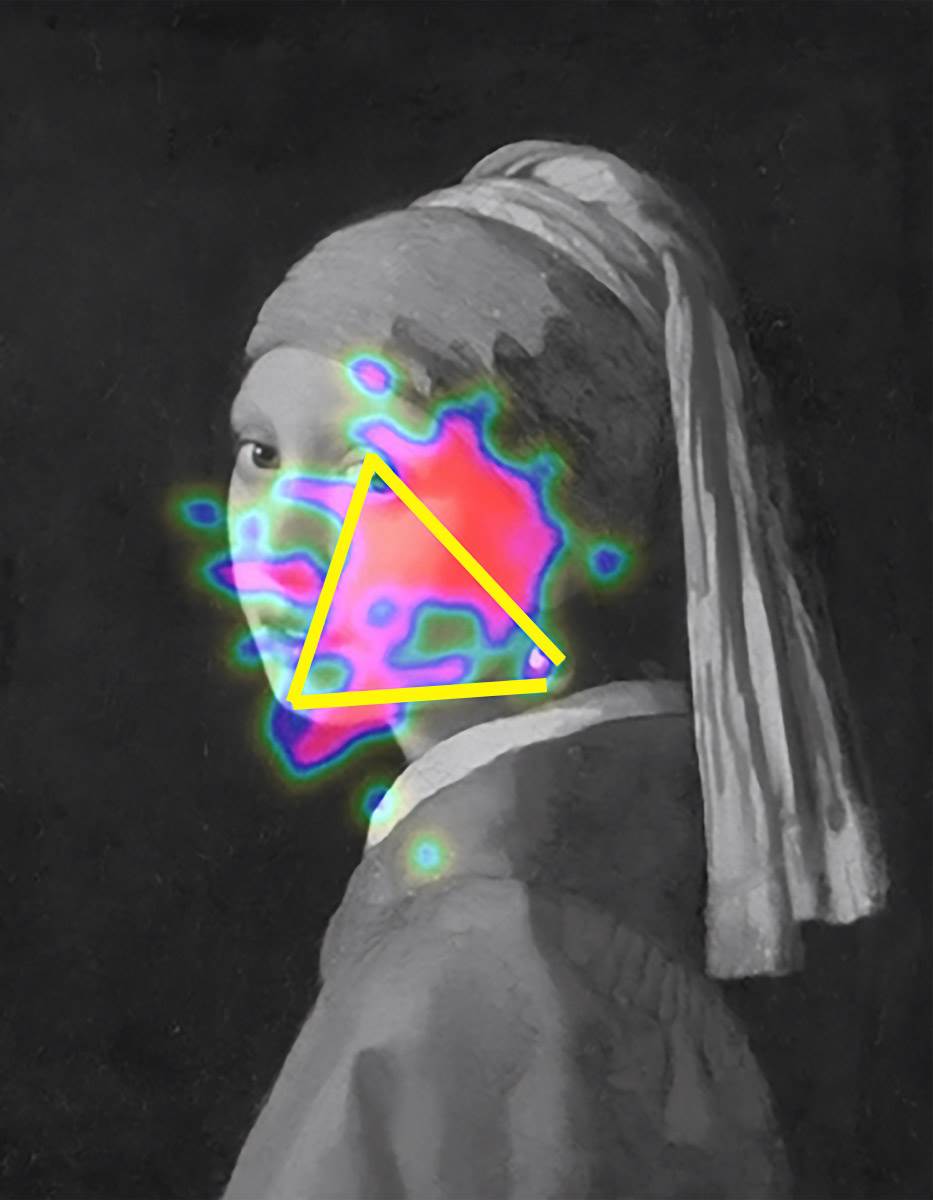The DU Lounge
Related: Culture Forums, Support ForumsI am literally having my brain examined on August 16th at Yale-New Haven Hospital.
The MRI is a follow up to my previous blood test for dementia.
I will report back on what I learn from these tests. I definitely don't want to leave this planet right now but I am 85 and I do feel the effects of aging (and being a caregiver myself of a handicapped husband).
Bayard
(26,698 posts)sheshe2
(93,380 posts)CTyankee
(66,926 posts)I've had a bad memory for a long time so it doesn't surprise me that at long last I am getting further follow up.
Donkees
(33,012 posts)
The study was commissioned by the Mauritshuis, which owns Vermeer’s most famous painting. “Researchers used electroencephalograms (EEGs) to reveal that real artworks, including Girl with a Pearl Earring, elicit a powerful positive response much greater than the response to reproductions,” says the museum’s press release.
“The secret behind the attraction of the ‘Girl’ is also based on a unique neurological phenomenon. Unlike other paintings, she manages to ‘captivate’ the viewer, in a ‘sustained attentional loop.’ ” This process most clearly stimulates a part of the brain called the precuneus, which is “involved in one’s sense of self, self-reflection and episodic memories.”
Girl with a Pearl Earring wasn’t the only painting used in the study, but it produced by far the greatest measurable difference in the viewers’ neurological reaction. The others, which included Rembrandt’s Self-Portrait (1669) and Van Honthorst’s Violin Player, lack the distinctively prominent human features that encourage additional looking: “As with most faces, visitors look first at the Girl’s eyes and mouth, but then their attention shifts to the pearl, which then guides the focus back to the eyes and mouth, then to the pearl, and so on.” Museumgoers wearing electroencephalogram-reading headsets may not be quite what Walter Benjamin had in mind when he put his mind to defining the “aura” of an original artwork — but they have, these 90 or so years later, lent some scientific support to the idea.
https://www.openculture.com/2024/10/neuroscience-shows-that-viewing-art-in-museums-engages-the-brain-more-than-reproductions.html

erronis
(21,139 posts)more neural activity. The hubbub and the social milieu. Thanks.
Donkees
(33,012 posts)Lead author Rebecca Chamberlain from KU Leuven, Belgium noted, "The people who are better at drawing really seem to have more developed structures in regions of the brain that control for fine motor performance and what we call procedural memory."
Studying the brain's make-up in experts versus non-experts has been a practice in music ability, complex motor skills, and more, but according to the research paper, "No studies have assessed the structural differences associated with representational skills in visual arts.”
https://www.pinotspalette.com/naperville/blog/creative-life/pinotspalettenaperville-did-you-know-multiple-studies-have-shown-how-artists-have-different-brains-
JMCKUSICK
(3,745 posts)God knows, your needs require it and you well deserve it.
Fingers crossed, prayers sent.![]()
CTyankee
(66,926 posts)JMCKUSICK
(3,745 posts)erronis
(21,139 posts)And if we can share our travels it helps others that may follow the same paths.
Of course this isn't for everyone. And pure "pity parties" aren't necessarily the most helpful, but sympathy and being part of a caring community is great.
Thanks for being open with your diagnosis, so far. And good luck!
Martin68
(26,359 posts)Best wishes to you.
JMCKUSICK
(3,745 posts)PJMcK
(24,150 posts)I grew up in Connecticut and I'm not that far behind you in age.
Good luck with your procedures. Your posts are always interesting, concise and topical. I hope to continue reading your thoughts for years to come!
sdfernando
(5,883 posts)CTyankee
(66,926 posts)Also, for helpful drugs that don't make me groggy. I don't want to be a zombie during the day.